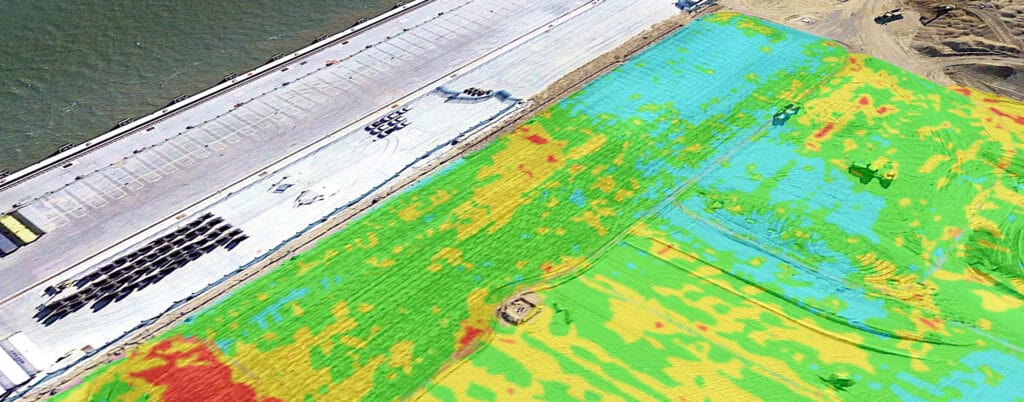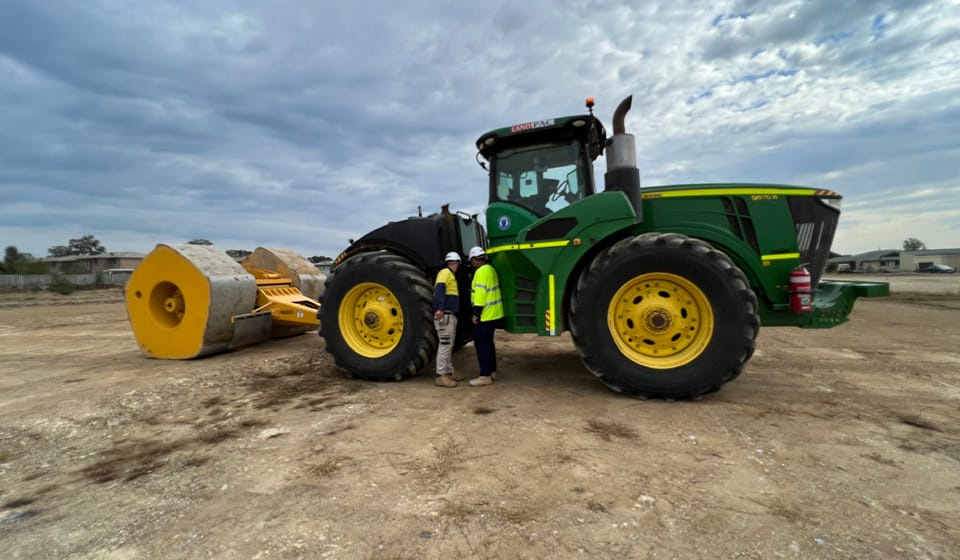The Role of Reporting in Ground Improvement Services

In the construction industry, the role of reporting cannot be overstated. Transparent and accurate reporting is fundamental to quality assurance, especially in ground improvement projects.
Compaction Verification in Construction

Ground improvement, also known as soil stabilisation, is an essential process in the civil and geotechnical engineering realm.
The Critical Role of Site Soil Characteristics

Comprehensive site soil characteristics analysis is vital, providing essential information for developing effective ground improvement strategies and optimising construction plans.
